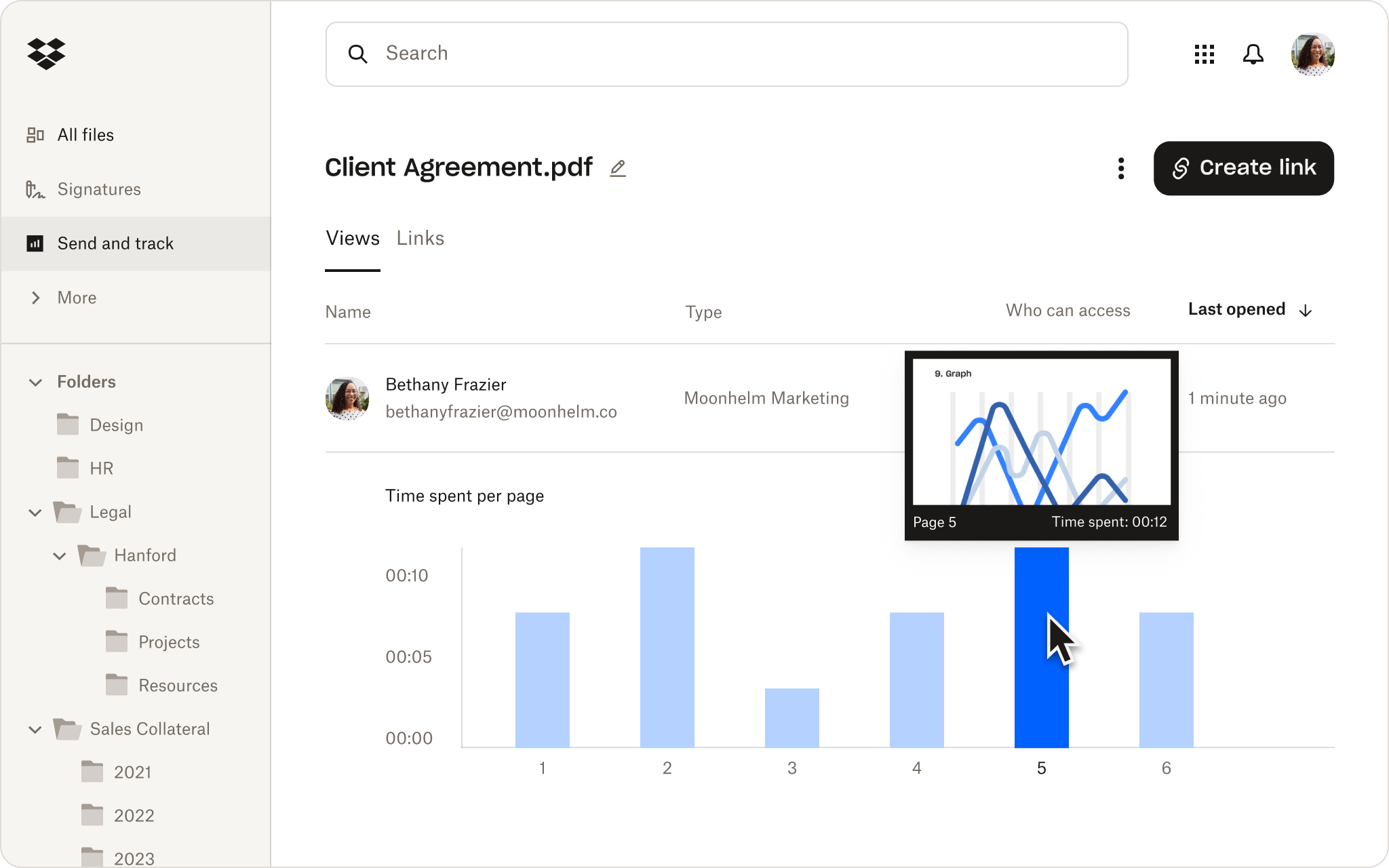In today’s competitive business landscape, fostering strong client engagement is crucial for sustained success. By nurturing customer relationships beyond the initial transaction, you can build a loyal customer base, increase customer lifetime value and gain a competitive edge.
In this article, we’ll explore four effective strategies to enhance client engagement and drive business growth.

What is client engagement?
Client engagement refers to the ongoing process of building and maintaining a meaningful relationship with clients after the initial interaction or transaction. It involves actively nurturing the client relationship at different touchpoints, ensuring they feel heard, valued and understood.
Client engagement is distinct from customer satisfaction and customer experience, although they’re related concepts.
- Client engagement: The client’s emotional connection and interaction with your business, including their reactions, responses and willingness to promote your business to others.
- Client satisfaction: The client’s happiness and contentment with your product or service. This serves as a metric for measuring the success of your client engagement and experience efforts.
- Client experience: The client’s overall impression of your business based on their entire interaction with you, encompassing everything you present through your product or service.
Four strategies to improve client engagement
Implementing a robust customer engagement strategy involves various tactics that foster collaboration, leverage the right tools, encourage feedback, and optimise content.
1. Encourage collaboration
A client engagement strategy demonstrates your commitment to ensuring clients feel heard, appreciated and understood. When clients sense your genuine interest in their experience, they’re more likely to remain loyal and make repeat purchases. Engaged customers will also be more willing to help you attract new customers through positive word-of-mouth referrals.
For your client engagement strategy to work, it should include input from the clients themselves. By fostering a collaborative relationship, both you and your client can identify and define a workflow that suits everyone involved, including the processes, resources, deadlines and deliverables required for your projects. This creates a more transparent relationship and removes any ambiguity, as your clients can trust that you’ll give them exactly what they need.
Dropbox provides the ideal place for collaborating with your clients. From one secure, centralised location, you and your clients can seamlessly store, share and edit content in handy tools like Dropbox Paper – so you can save time and focus your energy on producing your best work.

2. Use the right tools
Face-to-face interactions and regular communication may suffice during the early stages of a client relationship. These personal interactions allow you to form a deeper connection and really get to know your customer’s needs.
But as you get further along the customer journey and the relationship matures, consider more sophisticated tools to enhance customer interactions. These tools can help improve efficiency, increase productivity and ensure that all parties involved are on the same page.
For example, a project management workflow can help keep track of tasks, deadlines and progress, while apps like Slack can facilitate quick and easy communication. Additionally, customer relationship management (CRM) systems can help track client interactions, manage leads, and provide valuable insights into client preferences and behaviour.
Platforms like Dropbox help you centralise all your activities related to the client lifecycle. This helps you eliminate the need to switch between multiple apps and ensures easy access to crucial client information.
These tools not only help you improve communication and collaboration but also demonstrate your commitment to providing a high level of service. Potential, new and existing customers alike will appreciate your professionalism.
3. Invite customer feedback
Relationships with clients are core to business operations. Engaging with your clients through regular communication across different platforms – email, messaging services like Slack, even social media – helps build rapport and ensures they always know how to contact you if they have any questions.
If you’re responsive to your clients’ needs and show that you understand them, you can build trust in a more meaningful way.
Let your clients know that you care about their experience with your business by offering them a chance to be heard. This gives them the opportunity to express what they like or enjoy about working with you, as well as what they’d like to change.
Easily share documents and creative files for feedback and make it simple for clients to provide comments or annotations. Take the time to listen to your clients’ feedback, so you can make their experience better and tailor your deliverables to better suit each client’s needs.

4. Optimise your content
When you understand who is engaging with your content and how, you can better tailor the materials you send to your clients and ensure they are helpful as possible.
By sharing files through the Dropbox send and track workflow, you can access advanced sharing analytics, such as when your file was viewed, how long it was viewed for and the geographic location from where the file was viewed. This data empowers you to hone in on client relationships with high engagement and nurture those where clients aren’t reviewing proposals.
Improve client engagement with Dropbox
When a client has a good experience with you – or a very bad one – they’re more likely to communicate that with others in their industry or network.
If you engage with your clients in multiple ways and exceed their expectations, they’ll want to spread the good word and refer your service to others. They may even become lifelong clients and take your business with them if they move to another company.
Dropbox offers powerful tools and features to enhance client engagement and drive business growth. With document analytics via Dropbox send and track, sales teams can identify and focus on client relationships with high engagement, while also nurturing those where clients may require additional attention.
By leveraging Dropbox capabilities, businesses can build stronger, more meaningful relationships with their clients, ultimately leading to increased brand loyalty, repeat business and long-term success.




